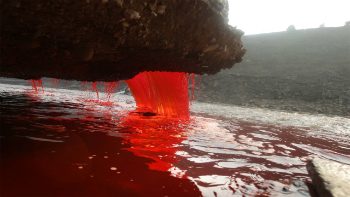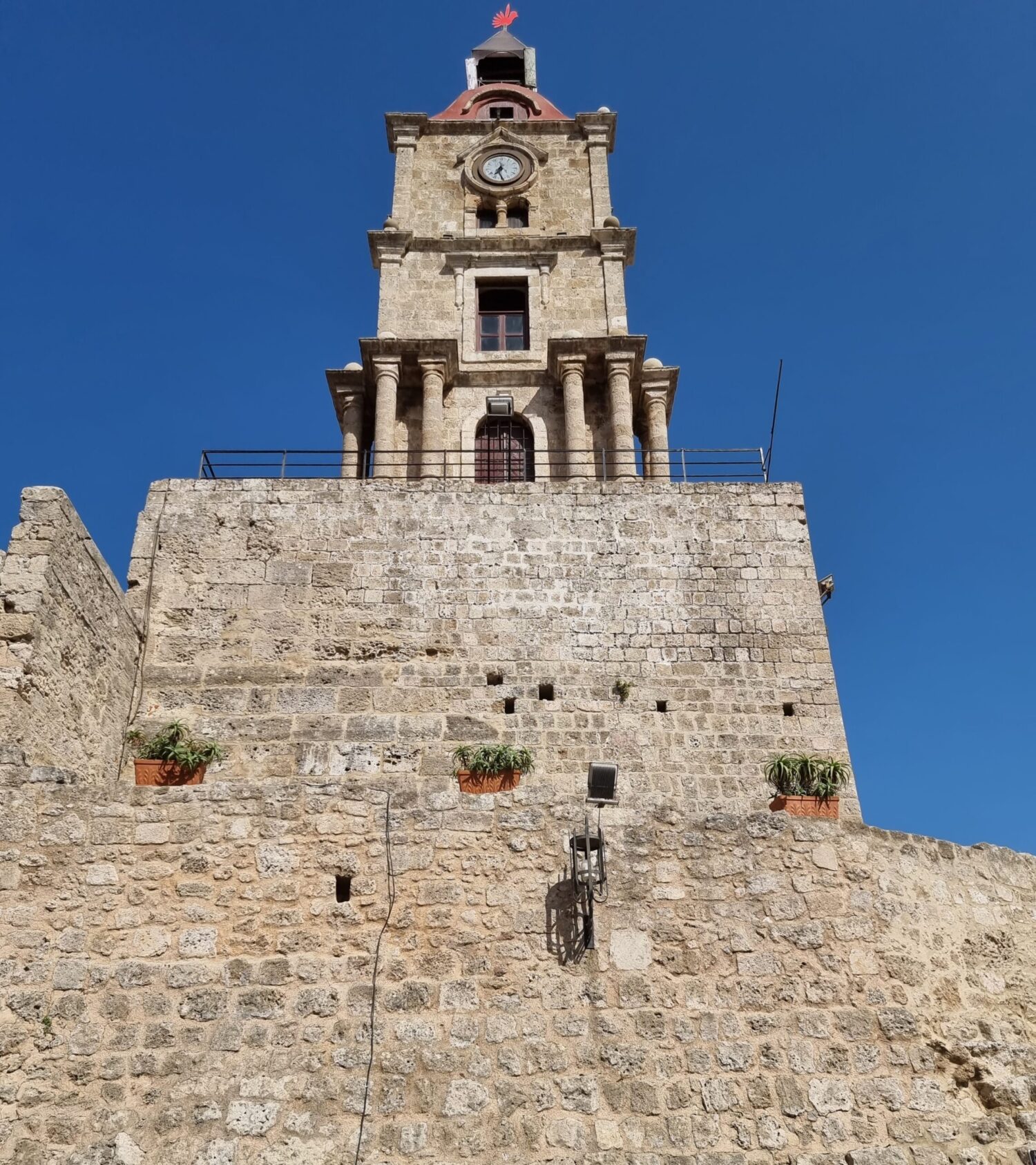Climate change and conflict
Briefing the Security Council, Lt. Gen. Mohan Subramanian, Force Commander of the UN Mission in South Sudan (UNMISS) recalled when dykes collapsed in Unity State in October 2022, leading to flash floods not seen in nearly six decades, displacing over 170,000 people to the provincial capital Bentiu.
If left unaddressed the floods could have led to the death of over 40,000 IDPs (internally-displaced persons) he said, adding that the breach was detected by a dyke monitoring patrol.
“Even heavy engineering equipment could not reach the breach, but UNMISS personnel – civilian and military – and the local community stood there, in a human chain; reached the breach, filled sandbags and closed the breach,” he said.
Their actions saved at least 40,000 lives, Lt. Gen. Subramanian added.
He also described practical aspects of the UNMISS protection mandate, which includes engagement with the Government and national forces, including joint deployments in potential conflict areas; short and long-term patrols; and when required, deployment of quick reaction forces to protect those in need.
Damaging disinformation
Lt. Gen. Otávio Rodrigues De Miranda Filho, Force Commander of the UN Mission in the Democratic Republic of the Congo (MONUSCO), told ambassadors that the Mission’s primary concern is the country’s weak justice system and lack of capacity of its security forces.
The level of impunity is too high, he said, adding that illegal armed groups often target civilians and the most vulnerable in a “cycle of retaliatory violence.”
He said it was vital to raise the issue of protection with political leaders, establish safe civilian spaces, deploy air assets and conduct joint operations with national forces, where possible.
The Force Commander also described evolving new threats, especially the spread of disinformation, which has endangered civilians and also provoked attacks against peacekeepers.
Manipulation through the information domain has eroded support, making it much more difficult to carry out patrols in the protection of civilians, he said, adding, “we must understand that we are going to operate in a hostile environment with a high possibility of armed confrontation.”
Enabling dialogue
Maj. Gen. Aroldo Lázaro Sáenz, Head of Mission and Force Commander of the UN Interim Force in Lebanon (UNIFIL), said that at present, there is no clear imminent physical threat to civilians, and the Force’s focus is on prevention.
That is best achieved through robust deployment across the area of operation, situational awareness, and dialogue and engagement with the parties to the conflict, he said, noting the establishment of a tripartite forum.
This is the only venue where Lebanese and Israeli forces can meet and address security concerns.
“The forum is the cornerstone of UNIFIL’s coordination and liaison mechanisms and a vital platform for de-confliction, confidence-building and conflict-prevention between the parties which remain technically at war,” he said.
He also highlighted UNIFIL’s liaison branch of unarmed observers, who are deployed north and south of the Blue Line and maintain regular contact with the Israel Defense Forces and Lebanese Armed Forces on the ground.
About the Missions
UNMISS was established by the Security Council in 2011, following South Sudan’s independence from Sudan, to help maintain peace and stability at the time when the young nation faced significant internal conflicts and humanitarian challenges. As of June 2022, the Mission’s total personnel – civil and uniformed – numbered 17,954, including 13,221 troops and 1,468 police.
MONUSCO, which stands for UN Organization Stabilization Mission in the Democratic Republic of the Congo, was established by the Security Council in 2010, to help address the complex and ongoing conflicts in the DRC and to help stabilize the region. It is one of the largest and most complex peacekeeping operations in the world. Its total personnel, as of February, stands at 17,753, including 12,379 troops, 1,597 police, and 330 staff officers.
Established in 1978, UNIFIL’s primary mandate is to ensure peace and security along the Blue Line, the delineation of the Israel-Lebanon border. It also supports humanitarian assistance to those in need. As of November 2022, the Mission is composed of about 10,000 military and 800 civilian personnel.















